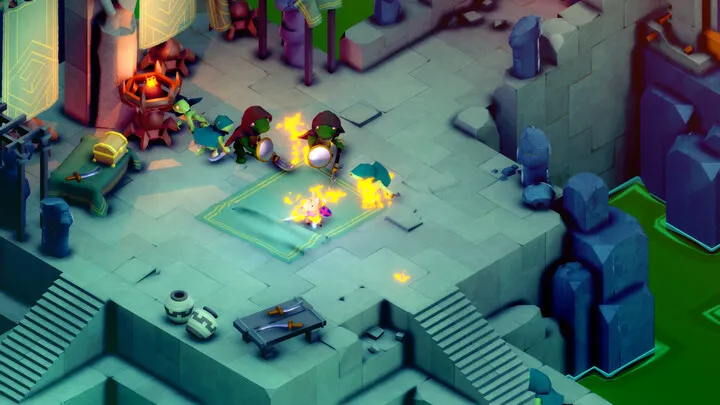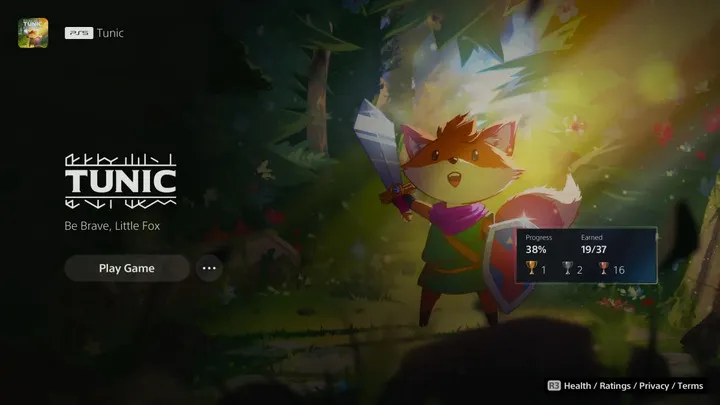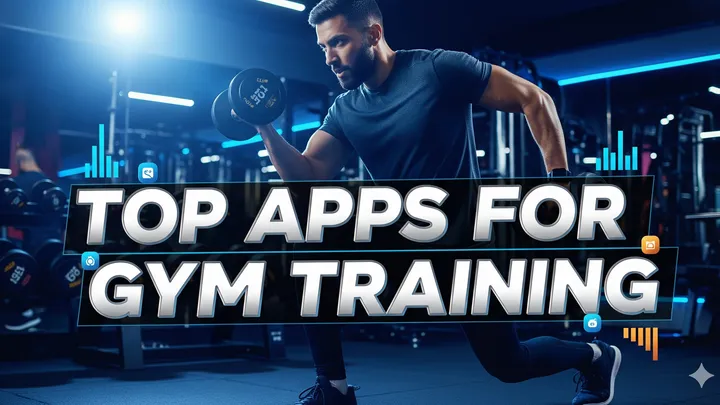Fortnite has always been more than just sharp shooting and flashy builds—it’s a battle royale that rewards strategy, positioning, and decision-making. Among all the advanced skills players can learn, rotations stand out as one of the most impactful. Rotations refer to the choices you make when moving across the map, from the early landing phase to the final circle. Perfecting rotations often separates casual players from tournament winners, because the way you move not only dictates survival but also determines your opportunities for loot, resources, and advantageous fights.

This article dives deep into how to master rotations in Fortnite, breaking down the process step by step. From early-game decisions to final-circle positioning, you’ll learn the strategies and mindset required to rotate like a pro.
Understanding the Core of Rotations
Rotations are more than just running toward the safe zone. They represent the strategic movement choices you make to maximize survival and advantage. Every time the storm circle shifts, players must weigh speed, safety, and efficiency.
Good rotations account for:
- Timing: When to move—early vs. late rotations.
- Pathing: Where to move—direct routes vs. safer detours.
- Resources: Ensuring you collect enough mats, ammo, and shields before rotating.
Before diving into specific phases of the game, you need to grasp that rotations aren’t static. They change depending on lobby size, terrain, and enemy positioning.
Early-Game Landing and First Rotations
Your very first decisions in Fortnite set the tone for your entire match. Landing in the right location directly affects how smooth your first rotation will be.
Choosing a Landing Spot
Pick a landing spot based on:
- Loot availability (chests, floor spawns).
- Mobility options (vehicles, rifts, or launch pads).
- Map position (central POIs often reduce the need for long rotations).
First Circle Considerations
Once the first circle appears, assess:
- Do you have enough loot to fight if needed?
- Do you need to rotate immediately, or can you farm mats and take your time?
- Is there mobility in your area to save time later?
Early rotations are safest when done quickly, as fewer players are nearby. But if you land far from zone, prioritize mats and shields before rushing in.
Mid-Game Rotations and Risk Management
The mid-game is where rotations get trickier. By now, the storm circle has shrunk, more players are eliminated, and stronger opponents lurk along popular paths.
Deciding Between Early vs. Late Rotations
- Early Rotations: Moving as soon as the new circle is revealed allows you to secure strong positions and avoid storm damage. However, it also risks running into players already gatekeeping.
- Late Rotations: Moving closer to the end of the timer lets you avoid long exposure, but risks storm damage and late-game chaos.
Reading the Lobby
Pay attention to player builds and movement. If you see heavy fighting ahead, you may want to rotate around or wait for third-party opportunities. Rotations should balance survival with seizing opportunities.
Using Natural Cover and Terrain Smartly

The Fortnite map is filled with hills, buildings, forests, rivers, and valleys that can help you rotate safely. Mastering natural cover is essential to avoiding unnecessary fights.
High Ground vs. Low Ground
- High Ground: Gives vision of enemies and makes it easier to spot ambushes but exposes you to snipers.
- Low Ground: Provides more natural cover but risks being trapped in valleys or storm edges.
Terrain-Based Rotations
- Forests & Rocks: Offer natural concealment for stealth rotations.
- Rivers: Fast but noisy; only use when safe.
- Buildings/POIs: Can provide cover but often attract heavy traffic.
The best players rotate in ways that reduce visibility while keeping options open for mobility.
Mobility Tools and Advanced Rotations
Fortnite’s constant updates introduce a rotating arsenal of mobility tools that redefine how rotations work. Mastering these tools is crucial for efficient movement.
Common Mobility Options
- Vehicles (cars, bikes, trucks): Fast but loud, attract attention.
- Launch Pads: Excellent for long rotations, especially in late game.
- Rift-to-Go or Portals: Quick escape tools.
- Spider-Man Web-Shooters / Grapple Glove (depending on season): Great for vertical movement and surprise rotations.
Advanced Rotation Combos
Combining mobility with natural cover is often the most efficient tactic. For example, rotate with a car to a forest, then continue on foot for stealth.
Zone Awareness and Predictive Rotations
Rotations aren’t only about reacting—they’re about predicting where the circle might go next and positioning early.
Zone Patterns
While circles appear random, players who study Fortnite tournaments notice tendencies:
- Zones rarely pull too far back toward previous areas.
- Terrain-heavy zones (mountains, rivers) often lead to unique challenges.
Predictive Strategies
- Position yourself slightly off-center in the circle to minimize long rotations.
- Avoid extreme edges unless you’re confident in late storm rotations.
Being one step ahead makes your rotations smoother and less stressful.
Rotations in Team Modes
Squad or Duo rotations are significantly different from solo play, requiring extra coordination and communication.
Team Rotation Essentials
- Call Outs: Assign one player to lead rotations and make clear calls.
- Staggered Movement: Avoid moving as a full group at once; scout with one player, then follow.
- Covering Fire: Keep weapons ready in case your rotation is contested.
Shared Responsibilities
- One player watches for enemies.
- Another keeps track of storm timing.
- A third ensures mats and heals are distributed before moving.
In squads, a failed rotation risks the entire team, so coordination is non-negotiable.
Late-Game Rotations and Endgame Zones
Rotating in the final circles of Fortnite is where matches are won or lost. The smaller the zone, the more contested every inch of space becomes.
Tunneling and Building Rotations
- Tunneling: Building a safe passage of walls, ramps, and floors as you move toward zone.
- Layering: Rotating on different vertical levels (low, mid, high ground) depending on safety.
Timing the Move
Late rotations in small circles require precision. Moving too early exposes you to gatekeeping; too late, and storm damage can overwhelm you. Watch pro players—many rotate just before the storm moves, staying close to edge safety.
Adapting to Dynamic Situations

Not every rotation will go as planned. You’ll often encounter gatekeepers, ambushes, or unexpected zone pulls. The key is adaptability.
Adjusting on the Fly
- If contested, rotate wide instead of straight.
- If low on mats, use natural cover instead of builds.
- If being focused, prioritize survival with mobility items.
Risk vs. Reward
Sometimes, engaging in a fight mid-rotation is smarter than avoiding it—especially if you need materials or healing. Knowing when to commit is part of advanced rotation mastery.
Learning from Pro Players and Competitive Rotations
Watching Fortnite tournaments and pro streamers is one of the best ways to study rotations. Professional players have mastered timing, map reading, and adaptation.
What to Watch For
- How pros land and rotate from their chosen POIs.
- The difference between safe, conservative rotations and aggressive, loot-hunting ones.
- How they use mobility tools in synergy with builds.
Applying Their Lessons
Take notes from professional gameplay but adapt their strategies to your own playstyle and lobby skill level. What works in a stacked tournament might not be ideal in casual lobbies.
Conclusion
Rotations in Fortnite are one of the most important yet misunderstood aspects of the game. While casual players may treat movement as just “running to the circle,” true mastery lies in timing, prediction, terrain use, and adaptability. Whether you’re learning to rotate from your first landing spot, navigating tense mid-game zones, or tunneling in the final circles, every movement decision matters.
By studying rotations, leveraging mobility tools, and adapting to dynamic situations, you’ll transform your Fortnite performance. Remember: it’s not just about shooting—it’s about being in the right place at the right time.

















